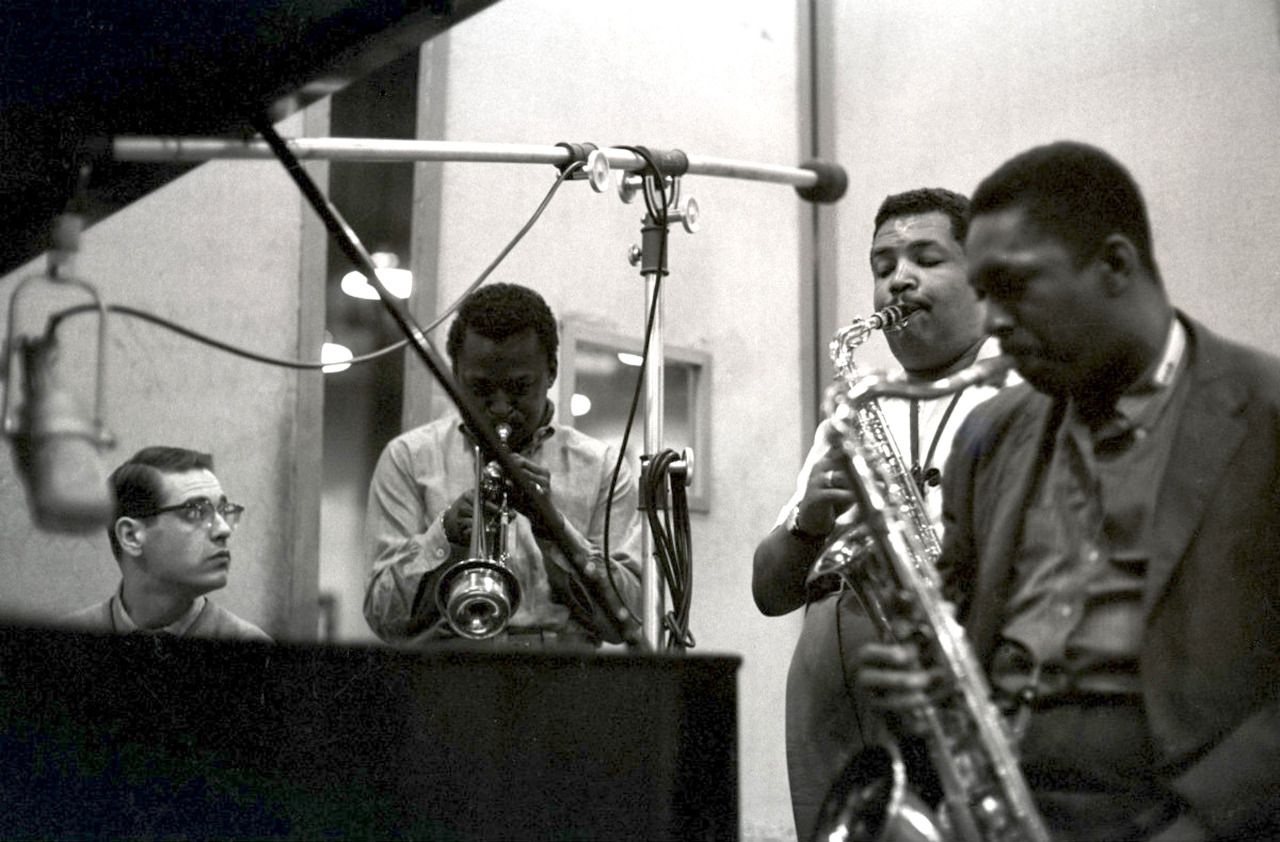
Up until very recently, I’ve had a very narrow understanding of generosity. It was based on the idea that the sole qualifying characteristic of a generous person is the one who gives abundantly with no expectations of anything in return. This point of view also meant that what I understood as acts of generosity were limited. After spending some time thinking this through, it has become clear to me that I’d been looking at it the wrong way. Today my view on generosity is much broader, and here is why.
As I write this post, I’m listening to Cannonball Adderly, one of the most brilliant alto saxophonists of the classic jazz era. His classic album was the 1958 Somethin’ Else, and he also performed on one of the top-selling jazz records of all time, Kind of Blue, with the legendary Miles Davis. Adderly made his living as a professional jazz musician, recording albums and performing live. It was a career that lasted for 20 years, from 1955 to his untimely death at the age of 46 in 1975. That’s two decades of giving from himself, something of value.
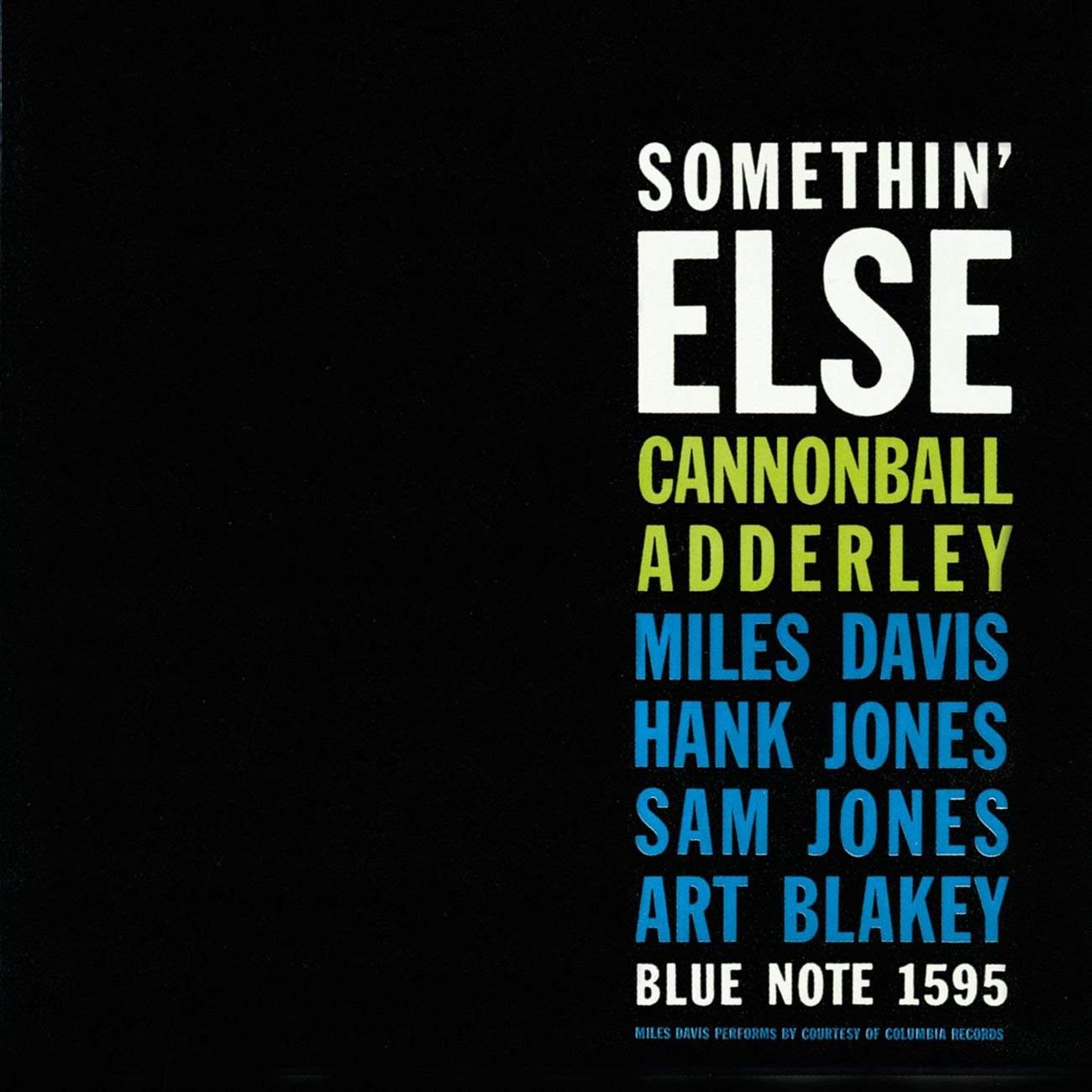
I see now that this too is a form of generosity. The fact that he was compensated for his work does not matter. It is the giving, the showing up night after night that made him generous. He contributed to a body of work that people still benefit from. When I need to think and get into a creative space, his album Somethin’ Else is my go-to. His performance on Kind of Blue, the album many say is the best introduction into classic jazz, is one of the major reasons why the album is so iconic. It was a gift, and I count myself among the millions of people who are thankful.
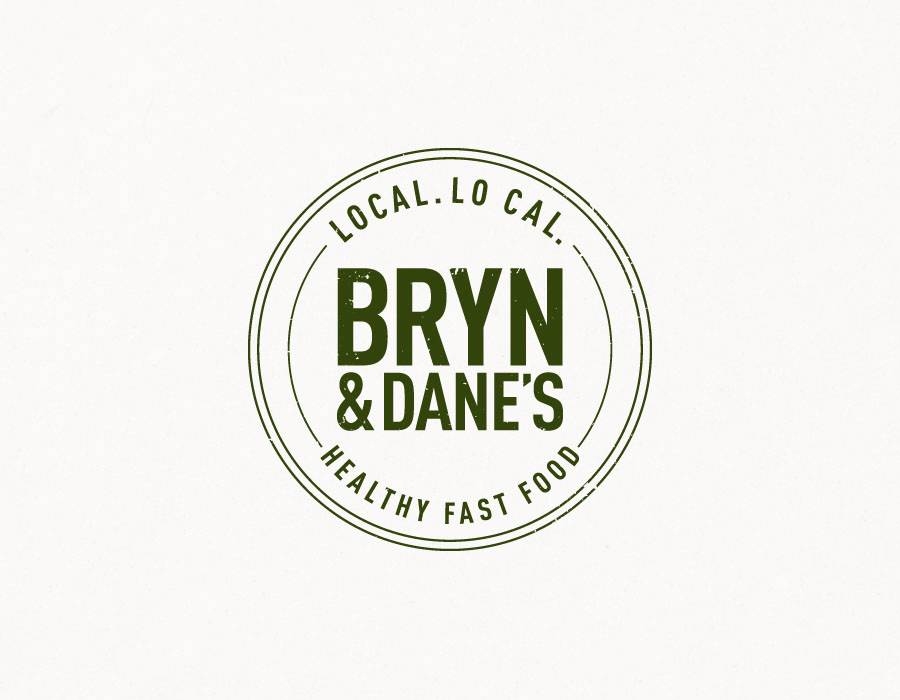
And then there is Bryn Davis, founder of Bryn and Dane’s, a fast food restaurant chain that serves nothing but healthy options. Since 2010, Bryn has been building a brand to solve a very simple need: fresh and healthy fast food. Bryn is an entrepreneur, he has five locations, and he is on pace to open another 100 in the next few years. But Bryn has also made it his mission to use what he is building to provide healthy meals to people in underdeveloped areas in Central Africa. Using the One for One model made famous by TOMS Shoes, Bryn structured his business so that for every meal sold at Bryn and Dane’s, a meal will also be sent to Entebbe, Uganda.
But he’s not stopping there, Bryn recently announced that the expansion of Bryn and Dane’s will also include locations in Uganda. He is planning to give Ugandan entrepreneurs the opportunity to run their very own Bryn and Dane’s, with the support, expertise, and resources to do so coming from what he is building in the US.
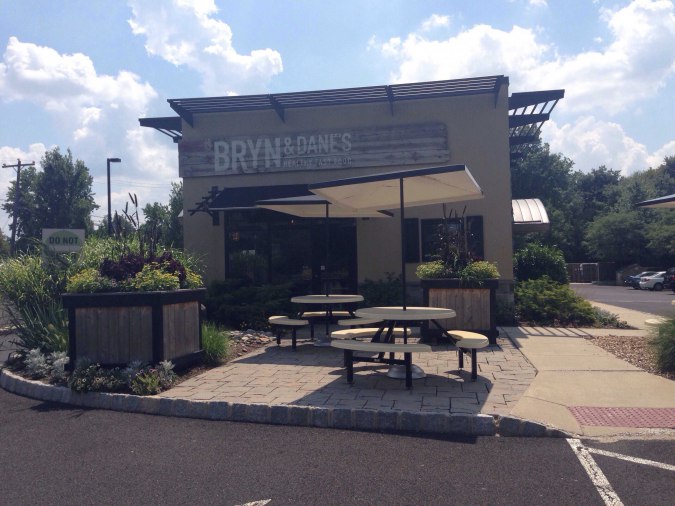
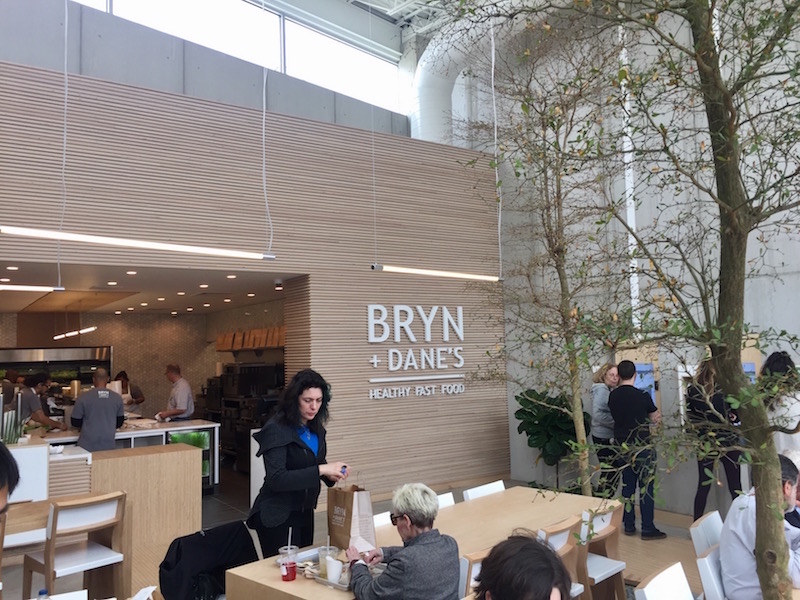
So I ask, is Bryn’s work in Uganda an example of generosity? Of course it is. But his generosity really started back in 2010, when he first launched what was at one time just an idea in his head. Like Adderly, Bryn is generous because he showed up day after day to build a brand that is changing the lives of people. The beautiful people of Uganda benefit from his work, but so does his employees, the local farmers, and the communities where his stores are located. This is only possible because in the past eight years he gave from himself, something of value.
We all have the ability to give, even if it’s just a smile. Charity is not the only way we can improve lives. Every effort we make to pay it forward, to make someone’s life better is a step in the right direction. The question is, how can we scale that effort? How can we make the greatest impact? More importantly, once we start, how can we sustain it over time?
Well in my view, the entrepreneur has already figured that out. Building something of value that scales, is impactful and sustainable, is what they do best. It is their craft. They know how to turn an idea into something people can use and benefit from. They are the people who create new ways of experiencing life. The simple truth is, entrepreneurs help move the world forward. I’m not sure if there is a greater act of generosity than that.